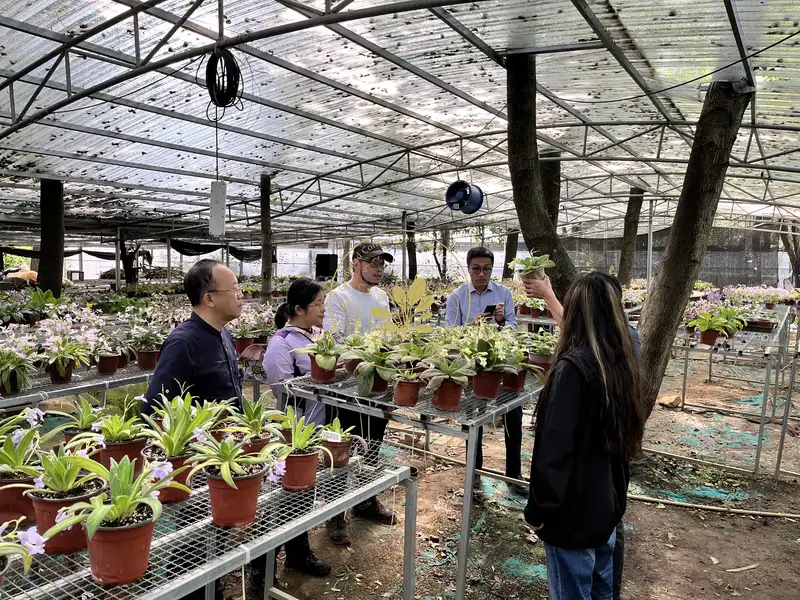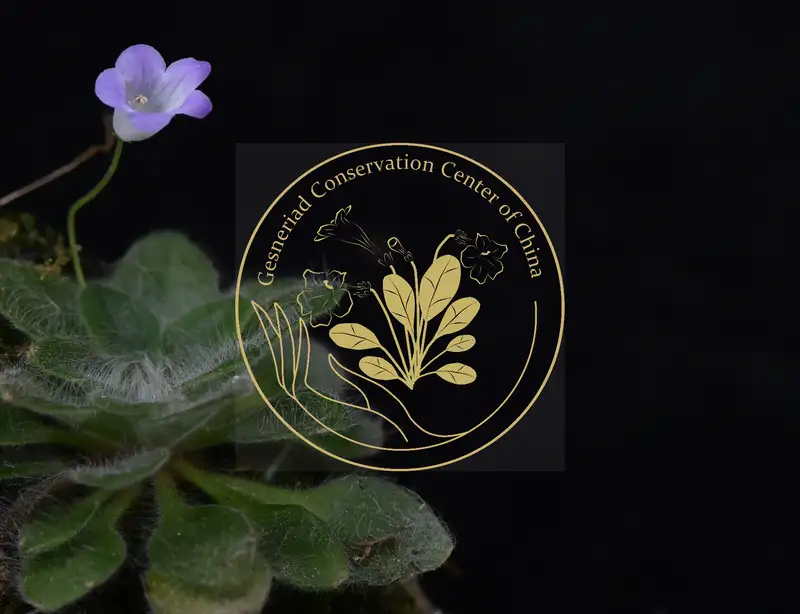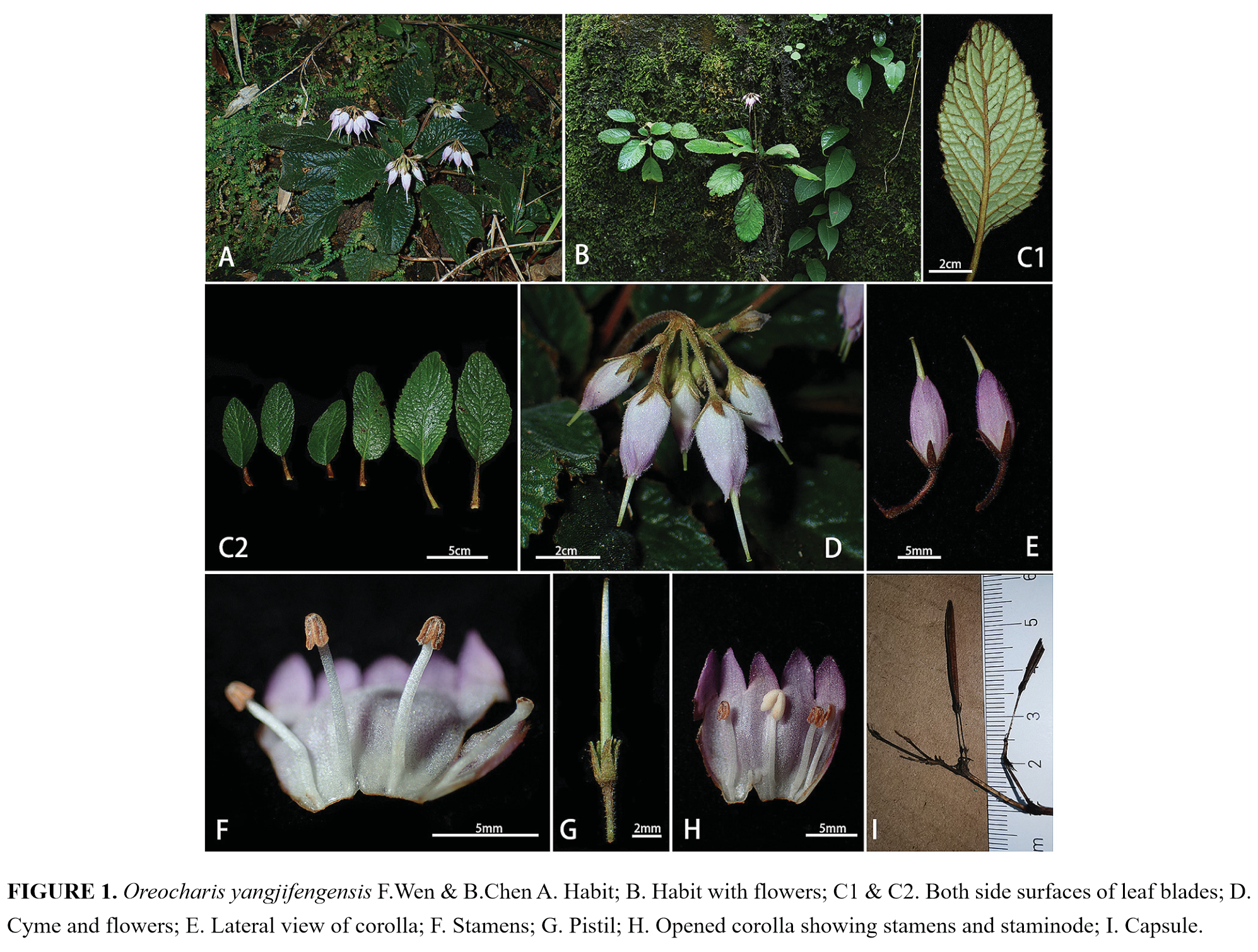No.25 WEI‑BIN XU, JING GUO, BO PAN, MENG‑QI HAN, YAN LIU& KUO‑FANG CHUNG
Three new species of Paraboea (Gesneriaceae) from
limestone karsts of
Botanical Studies 58:56-69.
ABSTRACT
Background: The limestone karsts of
Southeast Asia and
Results: Molecular phylogenetic analyses based on nuclear ITS and chloroplast trnL‑F sequences strongly confirm the placements of the three new species in Paraboea sensu Puglisi et al. (Taxon 65:277–292.https://doi. org/10.12705/652.5, 2016). Moreover, these three novelties can be distinguished from known Paraboea species with distinct morphological characters, further supporting their recognition as new species.
Conclusions: With the support of detailed morphological studies and molecular phylogenetic analyses, Paraboea dushanensis, P. sinovietnamica and P. xiangguiensis are recognized as three species new to science(Cited from Xu et al., 2017).
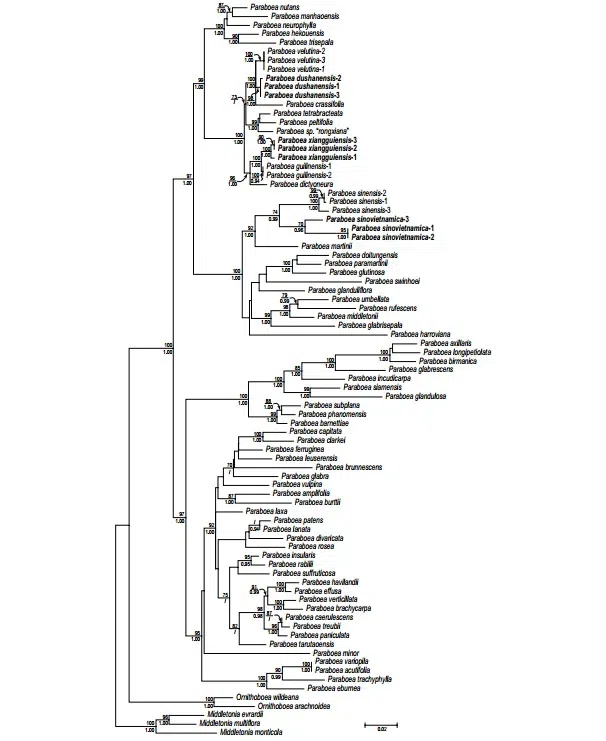
Fig. 1 The best ML tree from the analyses of the combined ITS and chloroplast trnL‑F regions. ML bootstrap support values (> 70%) and Bayesian posterior probability > 0.90 are shown above and below the branch around the corresponding node. The three new species are highlighted in bold (Cited from Xu et al., 2017)
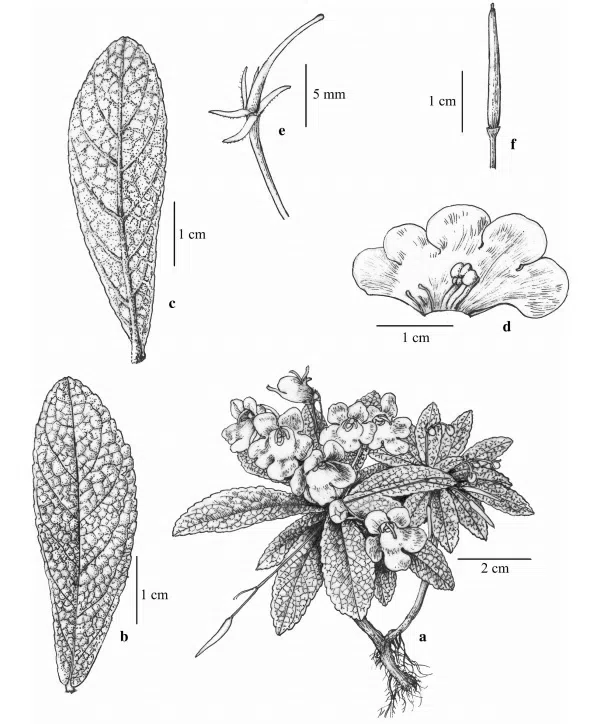
Fig. 2 Paraboea dushanensis W.B.Xu & M.Q.Han. a Habit; b upper surface of leaf; c lower surface of leaf; d opened corolla showing stamens andstaminodes. e Pistil and calyx; f capsule (Drawn by W.H. Lin from the holotype)(Cited from Xu et al., 2017)

Fig. 3 Paraboea dushanensis W.B.Xu & M.Q.Han. a Habitat; b habit; c upper surface of leaf; d lower surface of leaf; e flower face view; f flower sideview; g opened corolla showing stamens and staminodes; h stamens; i pistil and calyx(Cited from Xu et al., 2017)
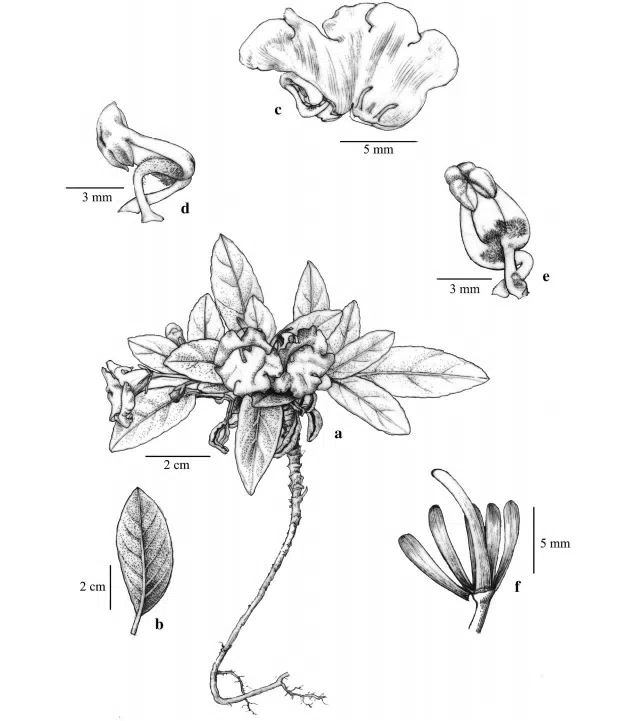
Fig. 4 Paraboea sinovietnamica W.B.Xu & J.Guo. a Habit; b lower surface of leaf; c opened corolla showing stamens and staminodes; d stamens sideview; e stamens face view; f pistil and calyx (Drawn by W.H. Lin from the holotype)(Cited from Xu et al., 2017)

Fig. 5 Paraboea sinovietnamica W.B.Xu & J.Guo. a Habitat; b habit; c upper surface of leaf; d lower surface of leaf; e flowers face view; f flowers sideview; g stamens side view; h stamens face view; i pistil and calyx(Cited from Xu et al., 2017)
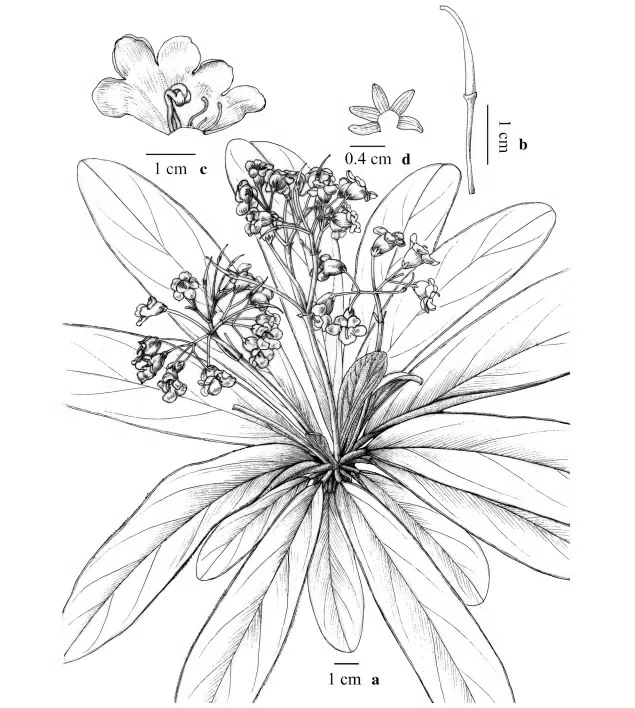
Fig. 6 Paraboea xiangguiensis W.B.Xu & B.Pan. a Habit; b pistil; c opened corolla showing stamens and staminodes; d calyx (Drawn by W.H. Lin from the holotype)(Cited from Xu et al., 2017)
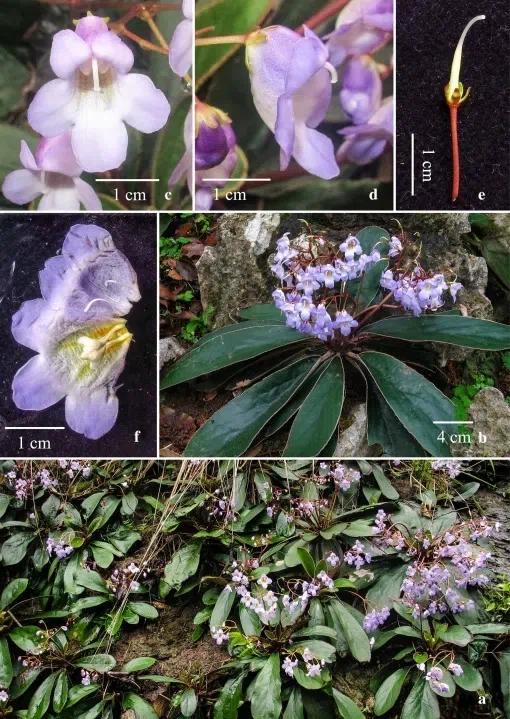
Fig. 7 Paraboea xiangguiensis W.B.Xu & B.Pan. a Habitat; b habit; c flowers face view; d flowers side view; e pistil and calyx; f opened corolla showing stamens and staminodes (Cited from Xu et al., 2017)
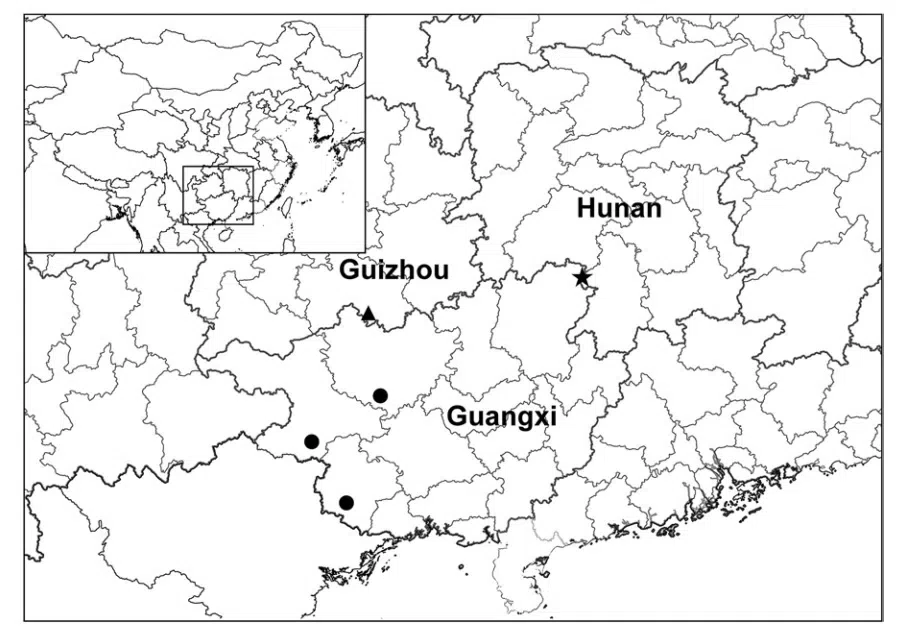
Fig.
8 Distribution of Paraboea
dushanensis W.B.Xu & M.Q.Han (triangle), P. sinovietnamica W.B.Xu
& J.Guo (circle), and P. xiangguiensis W.B.Xu & B.Pan (star) in



